CONCRETE SPECIFICATIONS
Materials
- WATER : Water shall be clean and free from alkaline and acid matters and suitable for drinking purposes.
- CEMENT : shall be fresh Portland cement of standard I.S.I. specifications, and shall have the required tensile and compressive stresses and fineness.
- AGGREGATE : shall be of Inert Materials and should be of Inert Materials and clean, dense, hard, sound, durable and Non-absorbent and capable of developing good bond with mortar.
- SAND : Shall be Clean and free from Dust, Dirt, and Organic Matters.
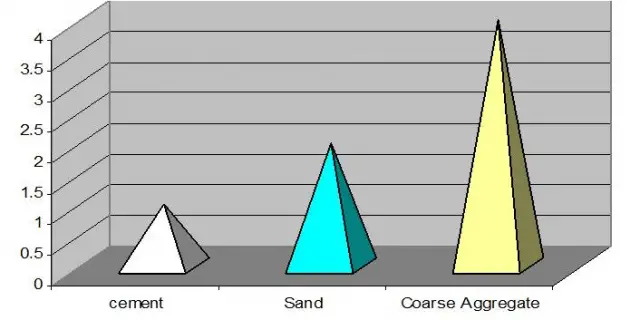
Mixing
- Mixing shall be done in masonry platform or sheet iron tray.
- For concrete of 1:2:4 proportion first two boxes of sand and one bag of cement shall be mixed dry thoroughly and then this dry mix of cement and sand shall be placed over a stack of 4 boxes of stone aggregate and the whole mixed dry turning at least three times to have uniform mix.
- Water shall then be added slowly and gradually with a water-can while being mixed to the required quantity 25 to 30 liters (5 to 6 gallons) per bag of cement, to give a plastic mix of the required workability and water cement ratio.

Machine Mixing
- Stone ballast, sand and cement shall be put in to the cement concrete mixer to have the required proportion.
- For concrete of 1:2:4 proportion first four boxes stone ballast, then two boxes sand and then one bag of cement shall be put into the C.C. Mixer, the machine shall then be revolved to mix materials dry and then water shall be added gradually to the required quantity, 25 to 30 litres (5 to 6 gallons) per bag of cement to have the required water cement ratio.
- The mixing should be thorough to have a plastic mix of uniform colour. It requires 1 ½ to 2 minute’s rotation for thorough mixing.
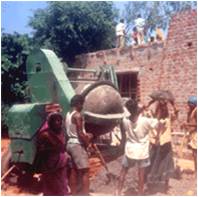
![[filefield-description]](https://www.archinomy.com/wp-content/uploads/case-studies/2011/processes.jpg)
Laying
- Before laying the concrete, the shuttering shall be clean, free from dust, dirt and other foreign matters. The concrete shall be deposited (not dropped) in its final position.
- In case of columns and walls, It is desirable to place concrete in full height if practicable (as mentioned in specifications) so as to avoid construction joints but the process of concreting in the vertical direction shall be restricted to one meter per hour.
- Care shall be taken that the time between mixing and placing of concrete shall not exceed 20 minutes so that the initial setting process is not interfered with.
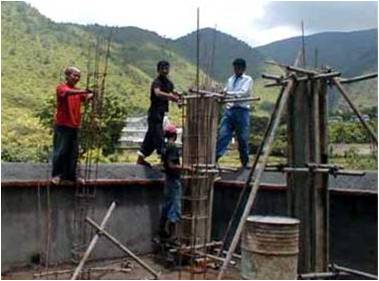
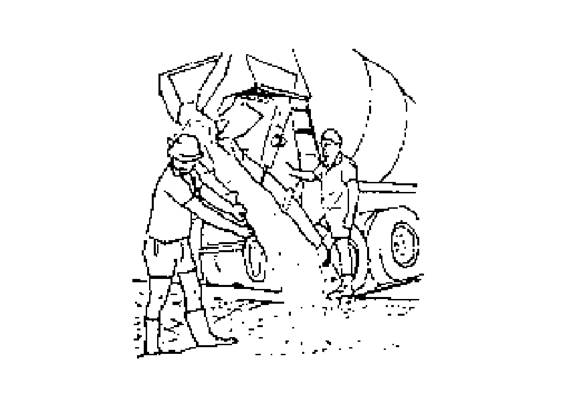
Curing
- After about two hours laying when concrete has begun to harden, it shall be kept damp by covering with wet gunny bags or wet sand for 24 hours, and then cured by flooding with water making mud walls 7.5 cm (3”) high or by covering with wet sand or earth and kept damp continuously for 15 days.
- If specified Curing may be done by covering Concrete with special type of Waterproof Paper as to prevent water escaping or evaporating.
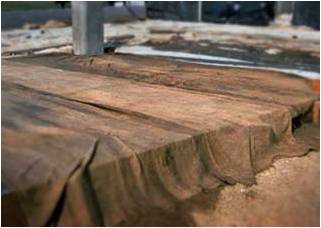
Covering with wet gunny bags
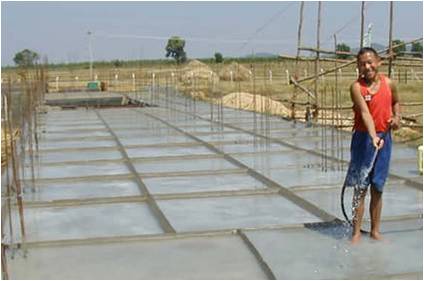
Flooding with water, making mud walls
Finishing
- If specified ,the exposed surface shall be plastered with 1 : 3 cement, sand, mortar, not exceeding 6 mm (1″) thickness and the plastering shall be applied immediately after removal of the centering while the concrete is green.
- Immediately before applying the plaster the surface of concrete shall be wetted and neat cement wash shall be given.
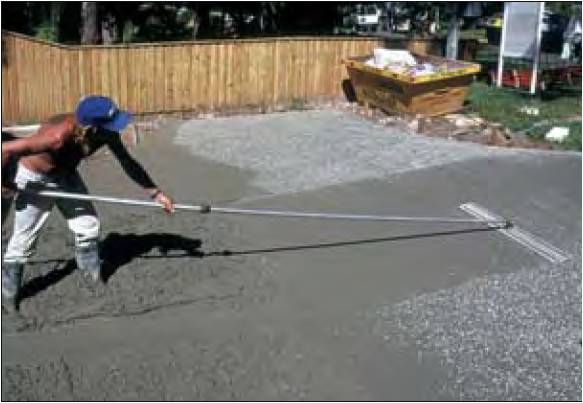
Bullfloating
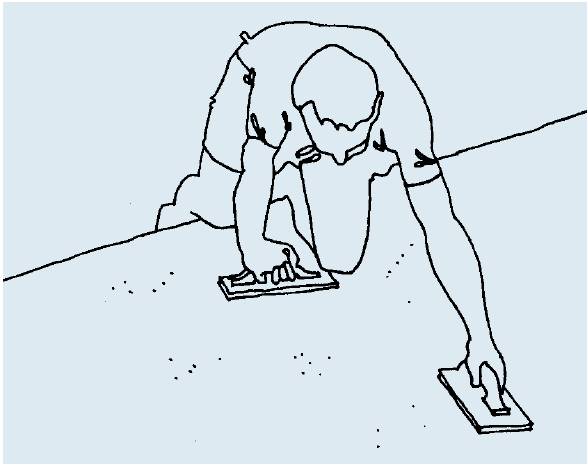
Handfloating
Transporting
- Concrete shall be transported from the mixer to the place of laying as rapidly as possible by methods which will prevent the segregation or loss of any of the ingredients and maintaining the required workability.
Centering and Shuttering
- Centering and shuttering shall be made with timber or steel-plate close and tight to prevent leakage of mortar, with necessary props, bracings and wedges, sufficiently strong and stable and should not yield on laying concrete and made in such a way that they can be slackened and removed gradually without disturbing the concrete.
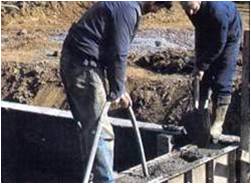
Compaction
- Concrete shall be thoroughly compacted and fully worked around embedded fixtures and into corners of the framework.
- Compaction shall be done by mechanical vibrator of appropriate type till a dense concrete is obtained. the mechanical vibrators shall conform to is 2505 specifications for concrete vibrators (immersion type).
- To prevent segregation, over-vibration shall be avoided.
- Hand-compaction shall be done with the help of tamping rods.
- Compaction shall be completed before the initial setting starts.
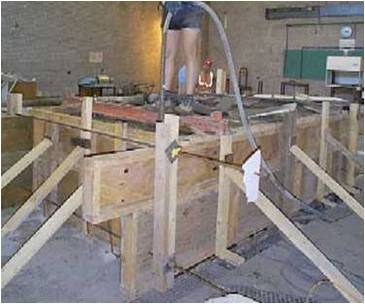
Use of immersion vibrator
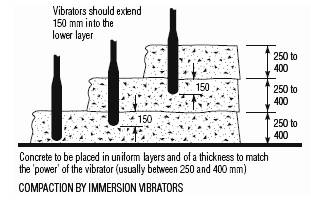
Compaction of concrete placed in layers
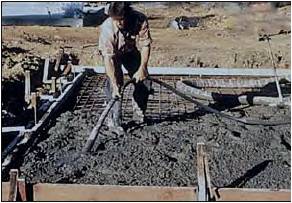
Mode of Measurement
- Concrete shall be taken in cu m (cu ft) and measurements of length, breadth and height or thickness shall be taken to the nearest 1 cm (1 ½”), except that the thickness of slabs, partitions, post, beams, and the like shall be measured to the nearest 0.5 cm( ¼”). No deduction shall be made for openings up to 0.1 sq m (1 sq ft).
- Formwork, centering and shuttering shall be taken under separate item in sq m (sq ft) unless otherwise herein provided. Formwork shall be measured as the actual surface in contact with the concrete. For slabs vertical sides (edges) shall not be measured.
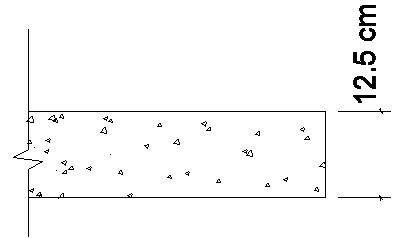
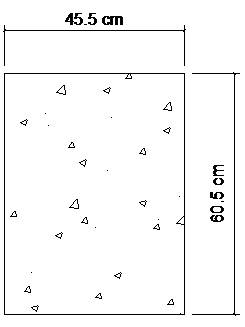


- Fair finish to the exposed surface of concrete or hacking or roughening surfaces of concrete shall be included in the description and the thickness of finishing shall not be measured with the concrete. Special finishes, except precast concrete shall be measured separately in sq m (sq ft).
![[filefield-description]](https://www.archinomy.com/wp-content/uploads/case-studies/2011/cement-finish.jpg)
Thickness of concrete = 230.0
Thickness of finish shall not be included
Tests
- Testing is done at a minimum of 12 random locations on each wall, column and beam.
- The readings should be the following % of the values prescribed in the calibration chart:
- 125%: very good. full payment
- 125-100%: good. full payment
- 100-75%: satisfactory. full payment
- 75-50%: shall be considered. rated reduced on prorate basis.
- 50%: rejected. not paid for.
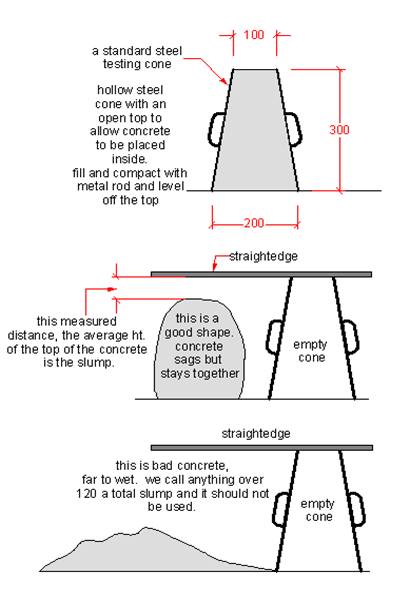
Precautions
- Testing shall be done as per the guidelines of the manufacturer of the apparatus and in accordance with the Indian standards for non-destructive testing of concrete-method of test by rebound.
- The age factor of concrete between 3 days and 3 months can be ignored.
- Other factors which influence rebound hammers need to be taken care of. e.g., type of cement, moisture content etc.
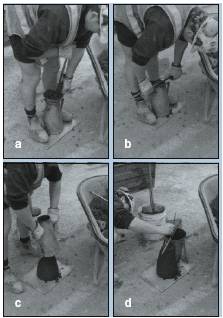
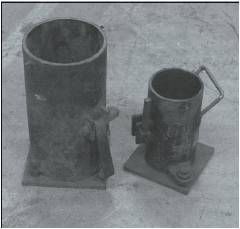
Cylindrical Moulds
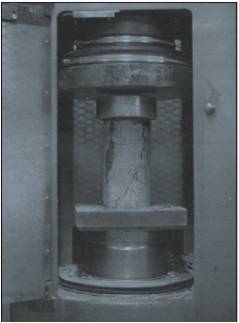
Compression Testing
RATES
- INCLUDES: cost of labour + material involved in all the operations
- with the EXCEPTION of : coat of Hot BITUMEN (other water proofing materials as well) + cost of centering and shuttering
- IF average compressive strength is less than specified, but up to 75%, the rate payable SHALL be in same proportion as of the strength (note: the 28 days cube test result shall be the basis of determination of strength)
- IF average compressive strength is less than 75 % of the specified strength, the rate payable SHALL be 75% of the quoted rate minus 1.5 times the further percentage reduction below 75% strength
- For example, average compressive strength is 80% of specified strength. Then the rate payable shall be 80% of tendered rate.
- And if average compressive strength is 65% of specified strength, then the rate payable shall be 75-1.5*(75-65) = 60% of the tendered rate.
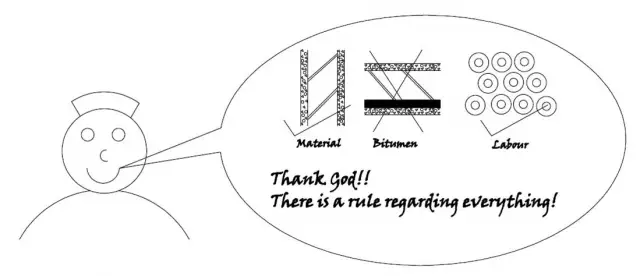

Leave a Reply
You must be logged in to post a comment.